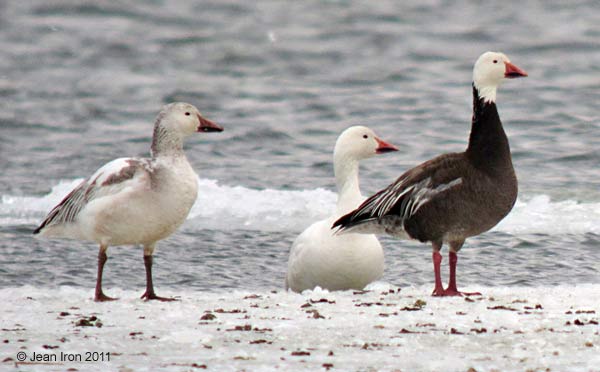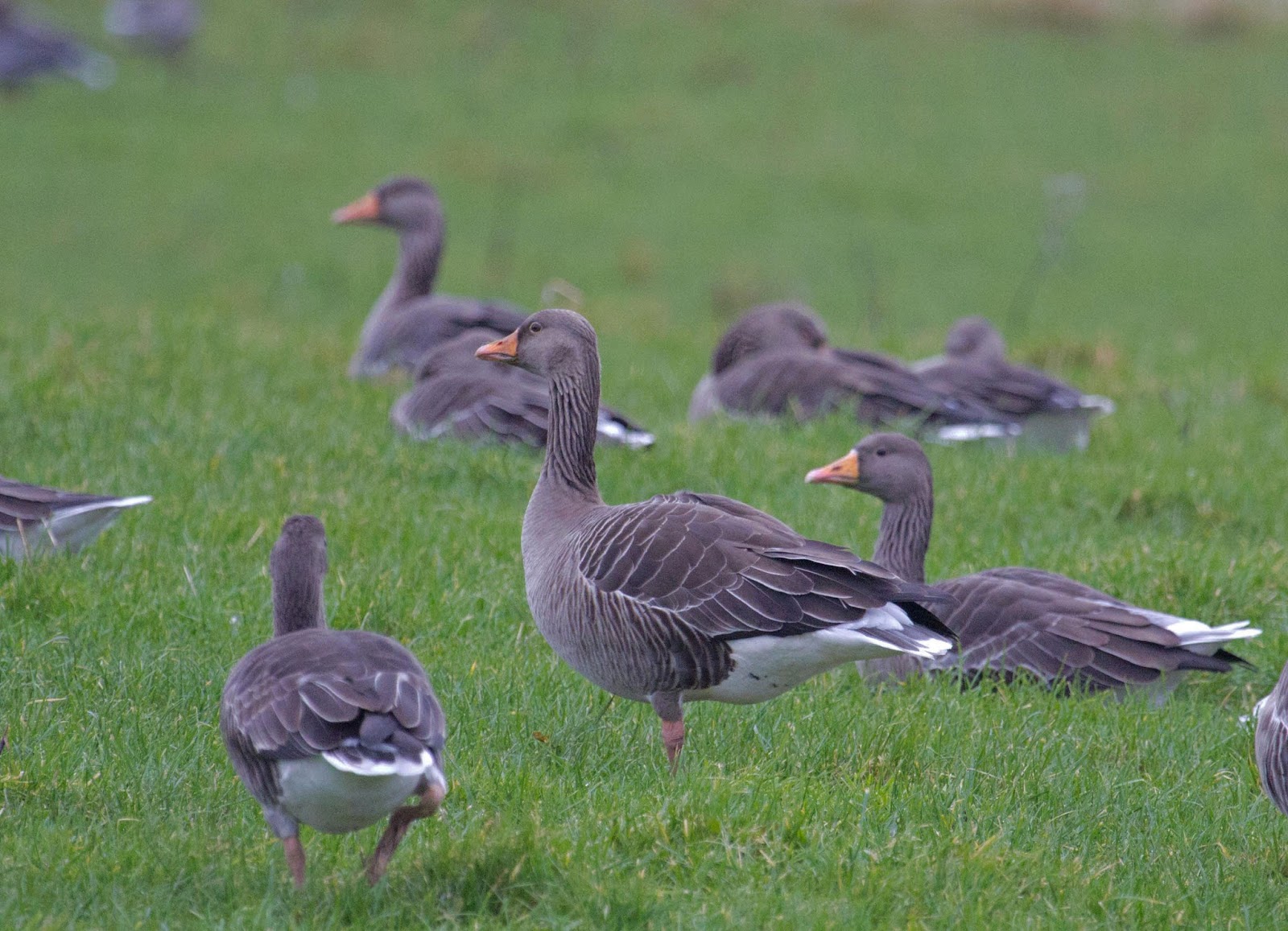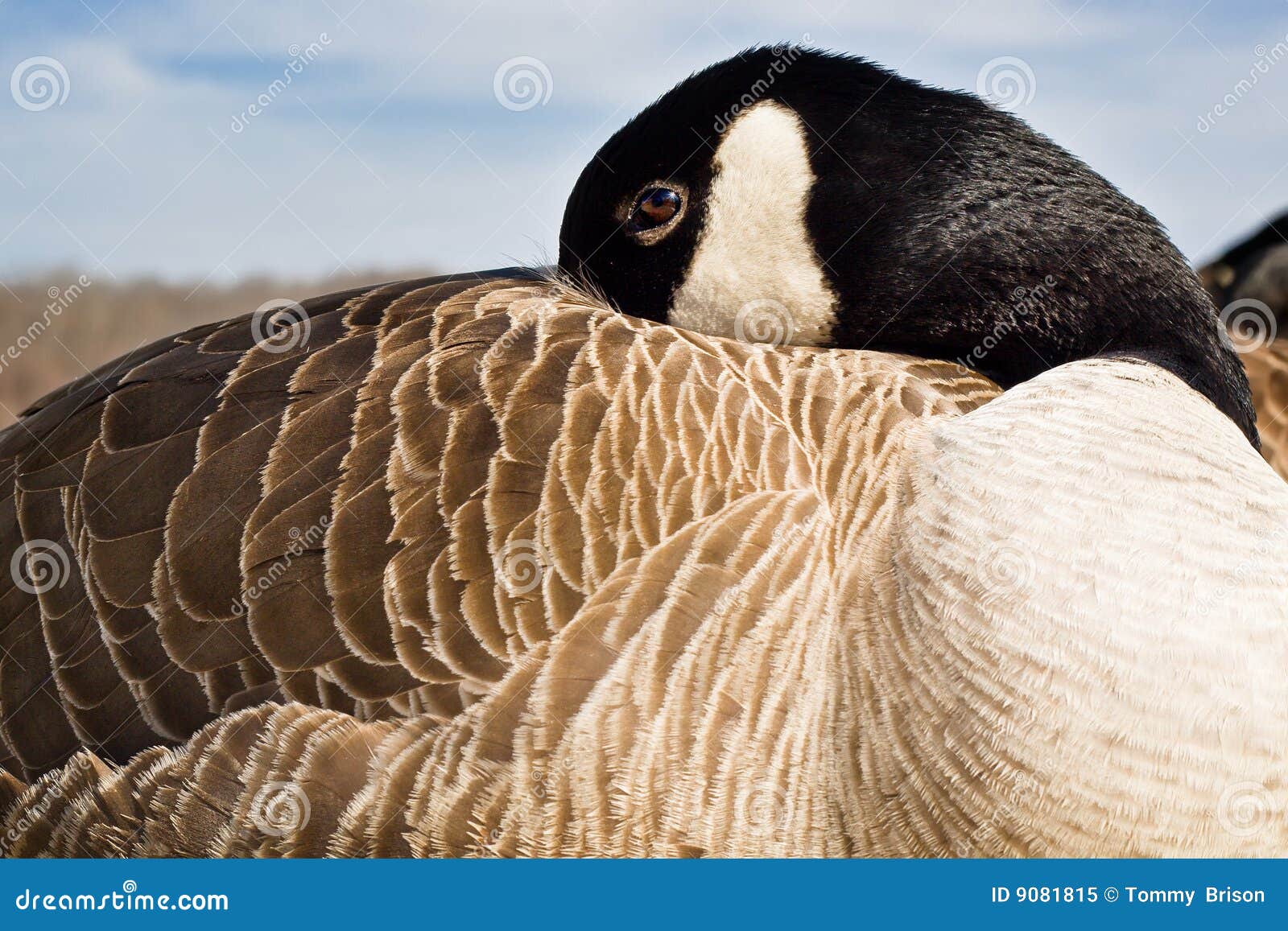

#WILD GOOSE SOUND SERIES#
A series of assembly and maternal calls from the hen and responding vocalizations from the ducklings keep the family unit together. This lets the ducklings know it is time to leave, and they must climb out of the nest to join their mother.Īfter leaving the nest, it is imperative that the hen keep in contact with her young. The female wood duck calls to her ducklings from outside the nest cavity.

Response to this type of maternal call is best exemplified in wood ducks. The first crucial test of their hearing and recognition capability-when the female calls to her young, encouraging them to follow her to food and water-occurs when the ducklings leave their nest. The ability of the ducklings to recognize and respond to the hen's call is essential to their survival during this vulnerable period in their life cycle. At this early stage, ducklings learn to identify the voices of their siblings, the specific call of their mother, and the repertoire of their species in general. This is the pipping stage of egg development, and, in fact, it is this vocal communication among un- hatched siblings that enables their synchronized hatching (see sidebar). Two days before hatching, the young are fully capable of hearing this call and begin to make their own vocalizations, which can be heard by the other unhatched ducklings. As a hen sits on her nest, incubating her eggs, she exposes the embryos to her maternal call. Therefore, voice and hearing development in waterfowl begins early. For example, the slow raehb-raehb-raehb call is used by the drake mallard to draw attention to himself for the purpose of attracting a mate, but this same call is also used to alert other mallards of the presence of a predator.Ĭommunication between members of a species is crucial to survival. The call repertoire of waterfowl is somewhat limited often the same call is used in a variety of circumstances. Similarly, a female mallard does not produce the grunt-whistle vocalization used by the male mallard during courtship displays. Male wood ducks are physically incapable of producing this call. Many of us are familiar with the high-intensity squealing call the female wood duck makes when it is disturbed. Males and females of most species of waterfowl have distinctly different calls because of physical differences in the trachea and the syrinx.

The shape of the syrinx and the muscles that control membrane tension dictate the different calls within and between species. Calls are produced as air passes over the membranes of the syrinx, causing them to vibrate.

The syrinx is located in the throat, at the bottom of the trachea near the junction of the bronchial tubes. The vocal organs of waterfowl consist of simple membranes located in a structure called the syrinx. Waterfowl use these vocalizations in a variety of situations as a primary means of conveying information. Vocalizations of waterfowl are considered calls rather than songs because they are short and instinctive in nature. But how do waterfowl use these vocalizations, and what do they mean? Why does each species have its own intrinsic calls? Why do males and females of the same species make different sounds? The unmistakable honk of a Canada goose as it flies overhead and the raspy decrescendo call of a hen mallard are two familiar waterfowl vocalizations that humans use to identify these birds.


 0 kommentar(er)
0 kommentar(er)
